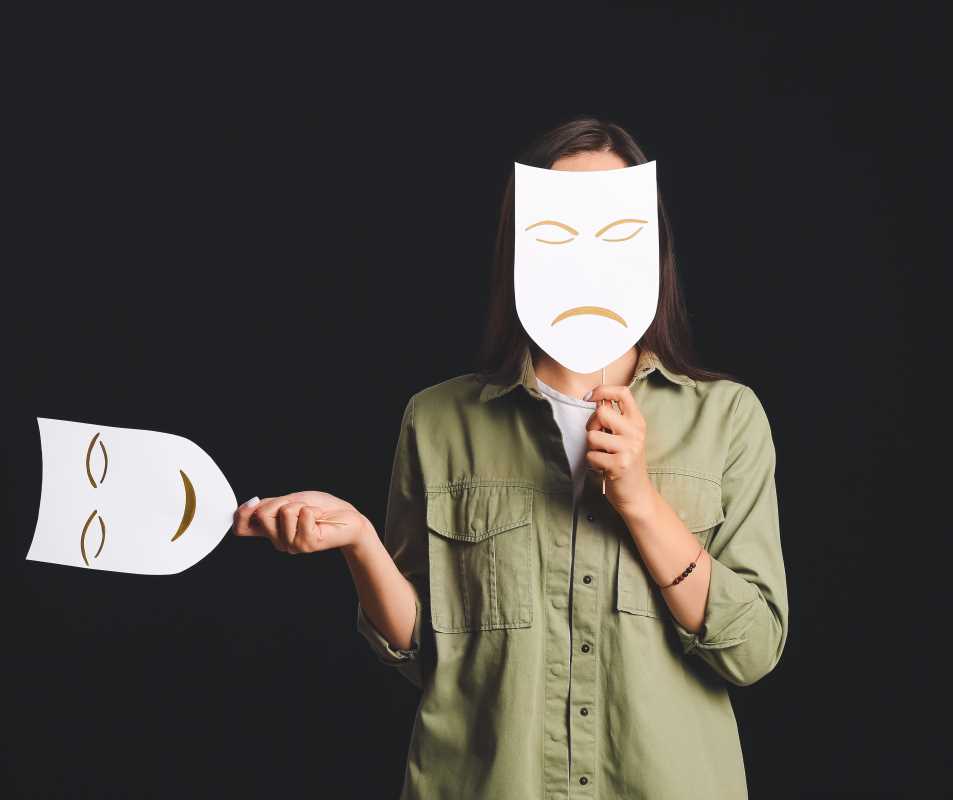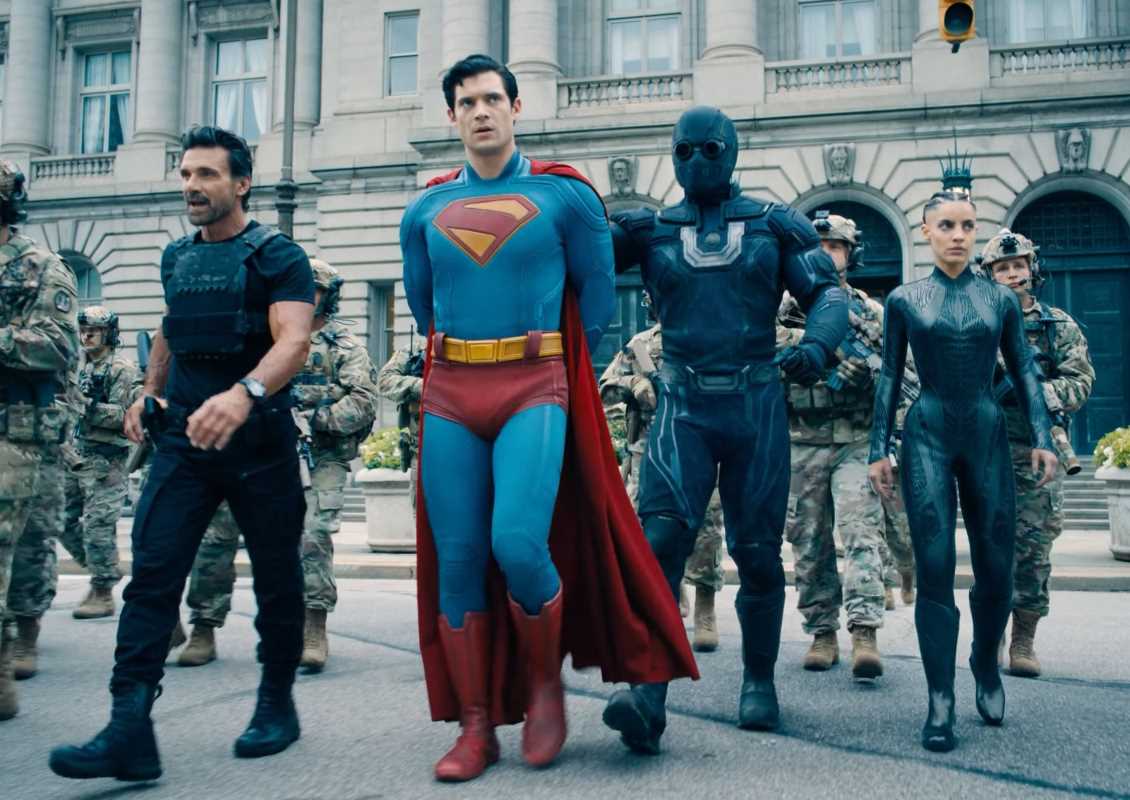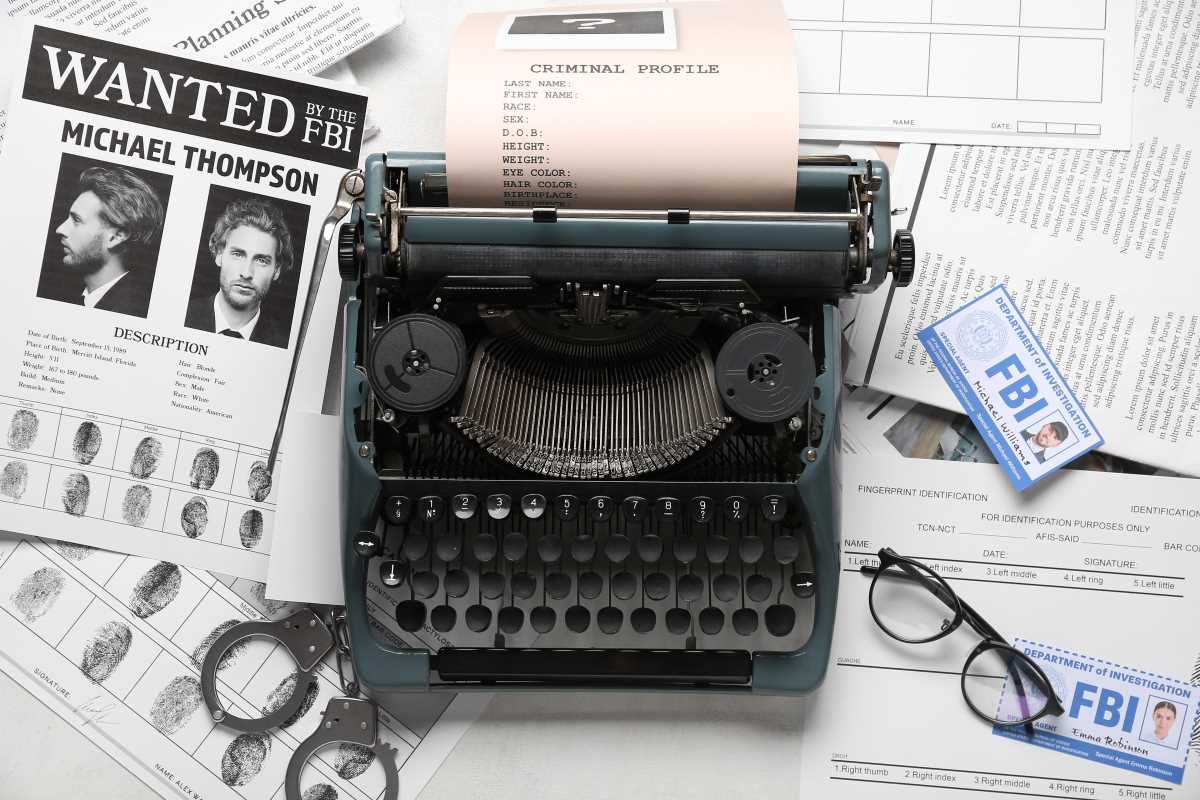Mental health has long been a topic shrouded in stigma and misunderstanding. For decades, conversations about mental illness were taboo in many parts of society, including pop culture. But television and film, as mirrors of the human experience, have played a crucial role in shaping how we think about mental health. From harmful stereotypes to more nuanced and empathetic portrayals, the evolution of mental health representation in TV and film is a story of progress, challenges, and opportunity.
Today, on-screen depictions of mental health are making strides toward greater authenticity and compassion. Whether they're helping to destigmatize conditions, foster understanding, or spark conversations, these portrayals have a powerful impact on audiences. But how have we arrived at this point? And where do we go from here? Let's take a look at how mental health representation in TV and film has evolved over time.
Early Portrayals Rooted in Stigma
The earliest portrayals of mental illness on screen were far from positive or accurate. These depictions often relied on fear and misunderstanding, reinforcing harmful stereotypes that added to the stigma surrounding mental health.
Mental Illness as Dangerous
For much of the 20th century, characters with mental illnesses were overwhelmingly portrayed as violent or dangerous. Classic horror movies like Psycho (1960) and One Flew Over the Cuckoo’s Nest (1975) cemented the idea that people with mental illnesses were unpredictable and threatening. Similarly, psychiatric hospitals were often portrayed as terrifying, oppressive settings, which contributed to negative associations with seeking help.
Comic Relief Characters
On a different note, mental health was sometimes trivialized through comedy. Characters exhibiting signs of mental illness were often used as the butt of jokes, reinforcing the idea that their struggles were something to laugh at rather than empathize with. This approach reduced complex human experiences to mere punchlines, further alienating those living with mental health challenges.
Lack of Empathy
The early lack of nuanced representation contributed to a culture where mental health issues were misunderstood or ignored. People experiencing these struggles often felt isolated, with few characters to identify with or storylines that reflected their experiences authentically.
Signs of Progress in the 1980s and 1990s
While the stigma persisted throughout much of the 20th century, the 1980s and 1990s saw the beginnings of a shift. Though far from perfect, this era began to explore mental health in ways that went beyond fear or mockery.
More Focus on Humanizing Characters
Films like Awakenings (1990) and Good Will Hunting (1997) began to examine mental health on a deeper level, focusing on the humanity of those affected and their journeys toward healing. Good Will Hunting especially resonated for its portrayal of therapy as a means of self-discovery, showing audiences that seeking help could be a positive, even necessary, step.
Childhood Mental Health in Media
During this time, some children’s TV shows even started addressing mental health themes. Shows like Mister Rogers’ Neighborhood normalized talking about emotions, making it easier for younger audiences to understand concepts like sadness, anxiety, and hard times. These early efforts laid the groundwork for more advanced conversations later on.
Still Limited Representation
However, these decades were not without their limits. Many portrayals still skewed toward certain conditions, such as depression or anxiety, while ignoring disorders like schizophrenia or bipolar disorder. Furthermore, mental health issues were often still framed as temporary challenges to be overcome, rather than lifelong conditions requiring ongoing management.
Breaking Ground in the 2000s
The 2000s marked the start of a significant cultural shift. With growing conversations about mental health in society, TV and film began to reflect these changes by bringing more authentic and diverse depictions to the screen.
Complex Protagonists
For perhaps the first time, characters with mental health challenges were not relegated to secondary or villainous roles. TV shows like The Sopranos and Monk spotlighted protagonists grappling with mental health battles. Tony Soprano’s therapy sessions introduced audiences to the inner workings of depression and trauma, while Adrian Monk’s obsessive-compulsive disorder (OCD) became a defining—but not limiting—aspect of his character.
Representation Beyond the Surface
Films like A Beautiful Mind (2001) brought schizophrenia into the spotlight, humanizing a condition rarely addressed with care in cinema. The film depicted both the struggles and achievements of John Nash, emphasizing that people with mental illnesses are multidimensional individuals capable of leading meaningful lives.
Expanding the Conversation
By the late 2000s, mental health themes were gaining broader traction. From Silver Linings Playbook (2012) to animated hits like Inside Out (2015), different formats and genres began to incorporate these themes in ways that were engaging and insightful.
The Golden Age of Mental Health Representation (2010s-Present)
Today, we are living in what some might call a golden age of mental health representation. Cultural attitudes toward mental illness have shifted dramatically, and this openness is reflected in the stories being told on-screen.
Portrayals That Break Stigma
TV shows such as BoJack Horseman, This Is Us, and Euphoria have stood out for their raw, unflinching depictions of depression, grief, anxiety, and addiction. These shows make no effort to sugarcoat the messiness of living with mental health concerns, but they also emphasize healing, connection, and hope. Characters are shown as complex individuals, not defined solely by their struggles.
Acknowledging Intersectionality
Modern mental health representation also takes into account the intersectionality of mental health with race, gender, and socioeconomic status. Shows like Ramy and Dear White People explore how cultural and social dynamics influence mental well-being, sparking nuanced conversations about systemic barriers to mental health care.
Normalizing Therapy
Perhaps one of the most significant shifts has been the normalization of therapy. Portrayals of characters seeking counseling are no longer rare or stigmatized. Instead, they’re often treated as a natural part of self-care. Movies like Lady Bird and shows like Ted Lasso present therapy as an effective and vital tool in navigating life’s challenges.
The Role of Streaming Platforms
Streaming platforms such as Netflix, Hulu, and Amazon Prime Video have played an instrumental role in this evolution. Freed from the constraints of traditional network programming, these platforms allow creators to tell stories without fear of censorship or commercial pressures. Shows like The Queen’s Gambit and 13 Reasons Why might not have been greenlit on conventional television, showcasing the unique advantage of streaming platforms when it comes to tackling sensitive topics.
Challenges Still Remain
While progress has been made, there’s still much work to be done in the world of mental health representation. Some areas that need improvement include:
- Avoiding Harmful Narratives: Shows like 13 Reasons Why faced criticism for glamorizing suicide, highlighting the responsibility creators have when tackling sensitive subjects.
- More Diverse Conditions: Many conditions, such as personality disorders or PTSD, are still poorly understood and underrepresented, leaving gaps in the narrative.
- Breaking Cultural Barriers: Representation still often skews Western, leaving out mental health experiences in other cultural or global contexts.
 (Image via
(Image via





